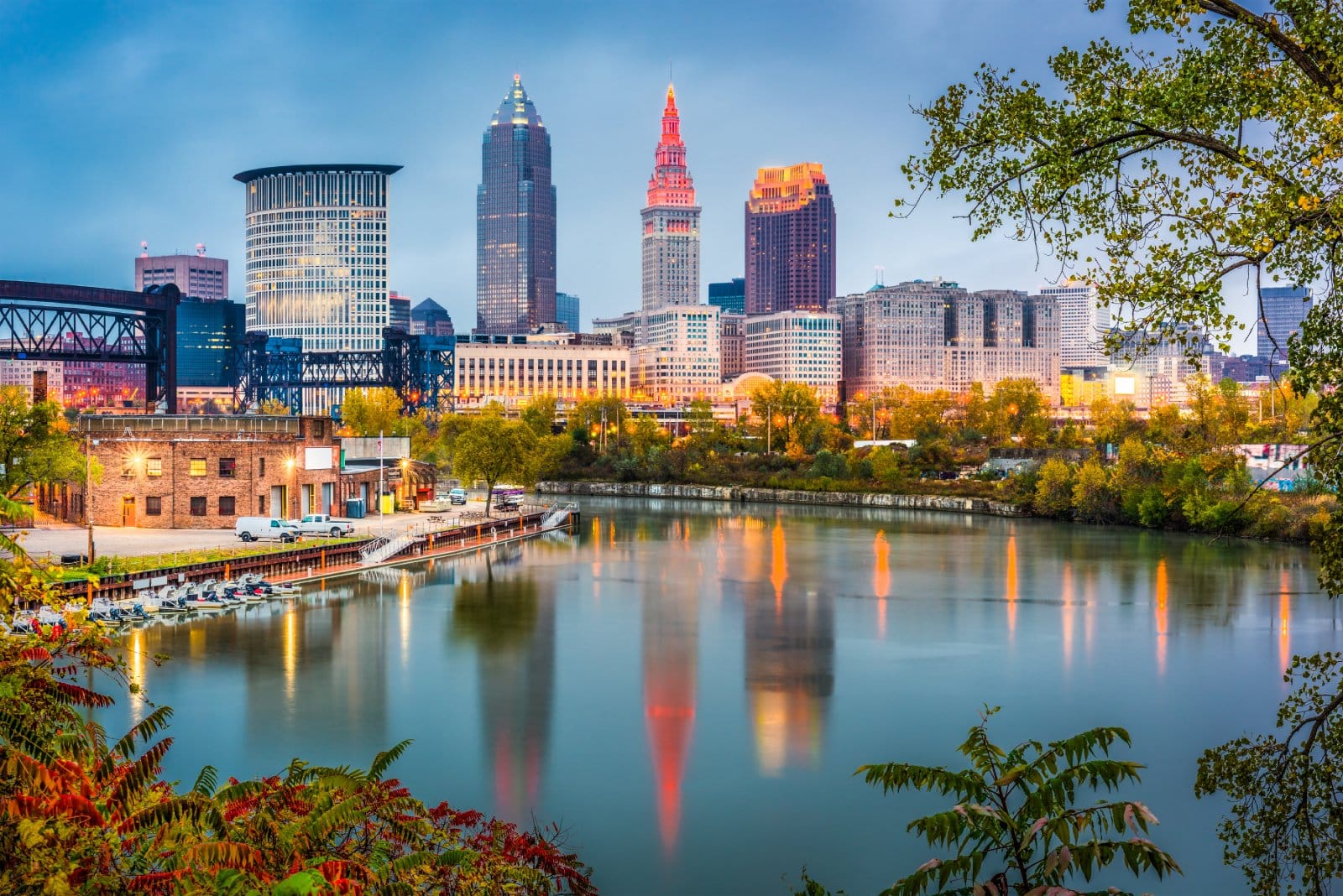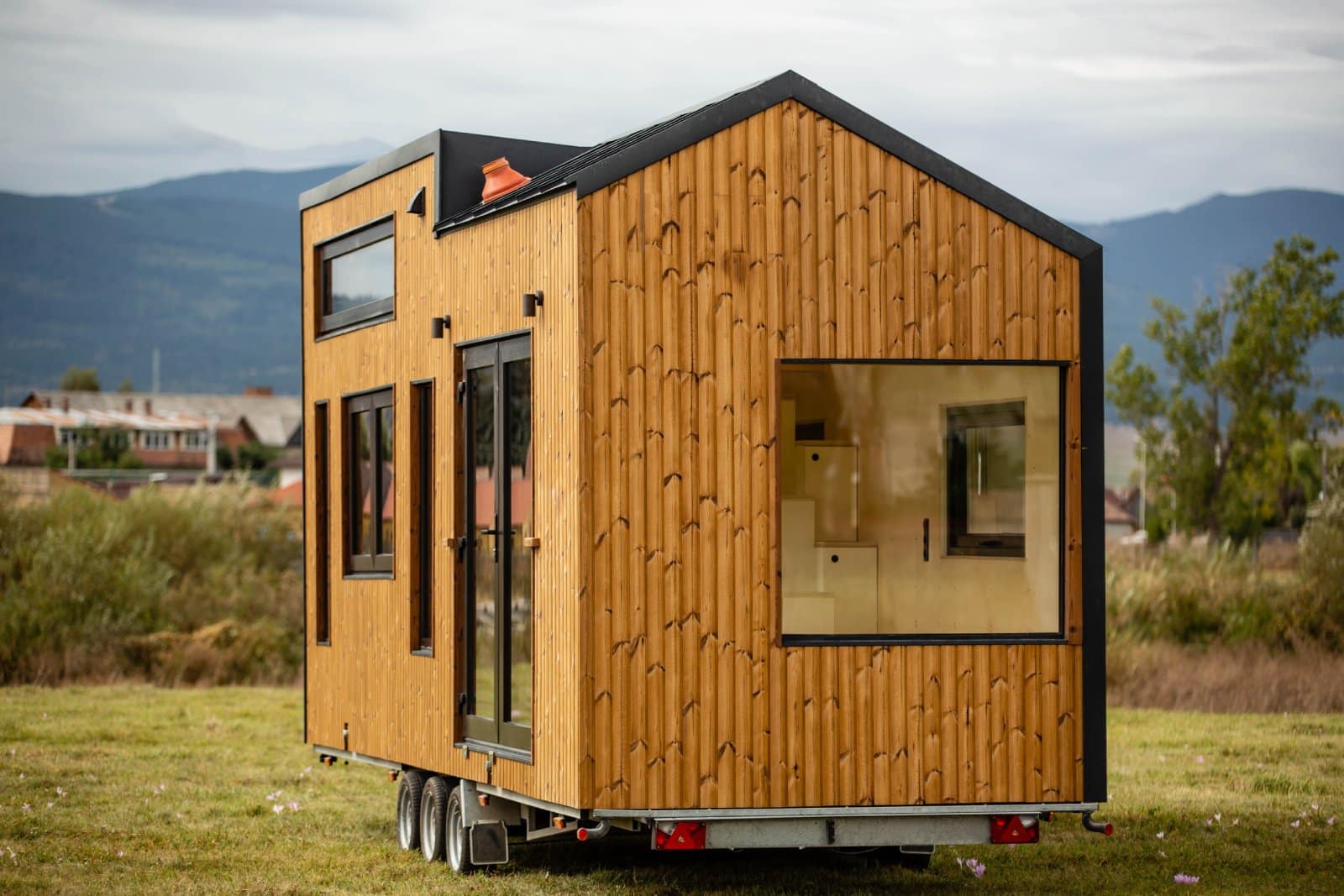In today’s tough housing market, millennials are still finding ways to achieve homeownership despite rising prices and high interest rates. How are they doing it, and what strategies are helping them compete in a market that often feels out of reach?
1. Pooling Resources with Family or Friends

Nearly 30% of first-time millennial homebuyers are pooling resources by purchasing homes with friends or family. By sharing the financial burden, they can afford larger down payments and qualify for better mortgage rates. This strategy also allows them to enter pricier markets where solo buying would be impossible.
2. Opting for Smaller Homes

Downsizing is becoming popular, with 38% of millennials choosing smaller homes to keep costs manageable. In some areas, like Phoenix, a smaller home can save $50,000 or more compared to a larger model. This strategy also lowers property taxes and utility costs, stretching budgets further.
3. Moving to More Affordable Cities

With 40% of millennials willing to relocate, moving to cities like Cleveland or Indianapolis, where median home prices are under $300,000, has become a popular strategy. These cities often offer better job markets combined with lower housing costs. Relocating can reduce housing expenses by as much as 50% compared to pricier coastal areas.
4. Purchasing Fixer-Uppers

Around 25% of millennial homebuyers are opting for fixer-uppers, which are often priced 20% below market value. By investing sweat equity into renovations, they can increase the home’s value and gain instant equity. This strategy is particularly appealing in cities like Detroit and St. Louis, where renovation potential is high.
5. House Hacking

House hacking, where homeowners rent out parts of their home, is gaining traction. Nearly 22% of millennial buyers are offsetting mortgage costs by renting out rooms or separate units. In cities like Denver, this strategy can cut mortgage payments by up to 40%.
6. Leveraging First-Time Homebuyer Programs

First-time homebuyer programs offering low down payments and tax credits are key to helping 55% of millennial buyers get into the market. FHA loans, which require as little as 3.5% down, are especially popular in areas like Dallas, where home prices have skyrocketed.
7. Making Larger Down Payments

Many millennials are choosing to wait longer to save larger down payments, with over 60% aiming for 10% or more. This reduces their monthly mortgage payments and allows them to avoid private mortgage insurance (PMI). In expensive markets like Los Angeles, this strategy can save buyers over $200 per month in mortgage costs.
8. Negotiating Seller Concessions

Millennials are increasingly negotiating for seller concessions to lower their out-of-pocket expenses. Approximately 15% of buyers in 2023 successfully got sellers to cover closing costs or repair credits. In hot markets like Austin, these concessions can amount to $10,000 or more.
9. Choosing Adjustable-Rate Mortgages (ARMs)

ARMs, which offer lower initial interest rates, are an attractive option for 23% of millennial buyers. With interest rates near 7%, ARMs can save buyers hundreds of dollars per month in places like Miami, where high prices have made fixed-rate mortgages less feasible.
10. Cutting Out Other Expenses

Millennials are making significant lifestyle changes to afford homes, with 40% cutting back on dining out, vacations, and luxury purchases. By saving an extra $500 per month, they can build up a down payment faster, enabling them to enter the market sooner.
11. Buying Multi-Family Properties

More millennials are turning to multi-family properties, using rental income to cover their mortgage. This strategy is particularly popular in cities like Boston, where high rents make it possible to offset mortgage payments entirely, giving buyers more financial flexibility.
12. Exploring Co-Ops and Condos

In cities like New York, where home prices are extreme, co-ops and condos offer a more affordable entry point. Co-op apartments, which can be 30% cheaper than traditional homes, attract millennials who want to live in major metropolitan areas without the hefty price tag.
13. Using Down Payment Assistance Programs

Down payment assistance programs are helping 20% of millennial homebuyers overcome the hurdle of saving for a down payment. Programs in states like California offer up to $10,000 in assistance, making homeownership more attainable in expensive regions.
14. Taking Advantage of Low Interest Rate Promotions

Some millennials are timing their home purchases to coincide with lender promotions offering lower interest rates. In cities like Chicago, promotional rates have helped buyers save thousands over the life of their loan, even with high home prices.
15. Prioritizing Remote Work Opportunities

Remote work is allowing 35% of millennials to move to more affordable areas while keeping their higher-paying jobs. This flexibility is enabling them to buy homes in regions like Tulsa, OK, where median home prices are under $250,000.
16. Using Gift Funds for Down Payments

Around 12% of millennial homebuyers are using gift funds from family or friends to cover down payments. With home prices up 15% in some cities like Atlanta, gift funds are crucial for meeting down payment requirements and getting approved for loans.
17. Living with Family to Save

Many millennials are living with family to save for a down payment, with 21% choosing this route. In expensive cities like San Francisco, where the median home price is over $1.3 million, saving while living rent-free can make a massive difference in building up a down payment.
18. Taking on Side Hustles

Nearly 40% of millennials are working side hustles to boost their income and save for homeownership. With home prices rising by 20% in some areas, extra income from freelancing or gig work is essential for meeting down payment and mortgage qualification requirements.
19. Buying Homes Outside City Centers

To save money, millennials are increasingly buying homes in suburban or rural areas, where prices can be 30% to 50% lower. In regions like Pittsburgh, this strategy has allowed millennials to purchase homes for $200,000 less than similar homes in the city center.
20. Opting for Tiny Homes

Tiny homes, typically costing under $100,000, are appealing to millennials who are priced out of the traditional housing market. In cities like Portland, OR, where home prices are sky-high, tiny homes provide an affordable and minimalist alternative to conventional houses.
Are These Strategies the New Norm?

Are these creative strategies a sign that homeownership as we know it is changing? Millennials are redefining what it means to own a home, proving that with the right approach, even today’s challenging housing market can be navigated.
21 Illegal Household Items You Might Be Unknowingly Keeping

You might think your home is your safe haven, but could it also be a cache of contraband? Are you unknowingly breaking the law with items tucked away in your drawers or closets? 21 Illegal Household Items You Might Be Unknowingly Keeping
VA to Axe 10,000 Employees Amid $11M Scandal Fallout

The VA is under fire after a damning report revealed the department is trying to rid itself of almost 10,000 staff members while trying to keep the lid on a multi-million dollar scandal. VA to Axe 10,000 Employees Amid $11M Scandal Fallout
End of an Era: 18 All American Firms Closing Doors in the US

American retail and dining is changing irreversibly. Iconic stores and restaurants that once defined the vibrancy of community life are now fading memories, leaving behind empty storefronts and a sense of loss. End of an Era: 18 All American Firms Closing Doors in the US
Featured Image Credit: Shutterstock / Monkey Business Images.
The content of this article is for informational purposes only and does not constitute or replace professional financial advice.
The images used are for illustrative purposes only and may not represent the actual people or places mentioned in the article.
For transparency, this content was partly developed with AI assistance and carefully curated by an experienced editor to be informative and ensure accuracy.

